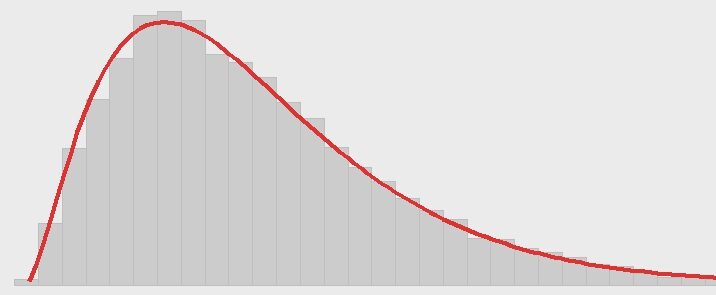The Society of Actuaries is about to flip the Fellowship pathway on its head. Starting with the Fall 2025 sittings, the familiar track-based structure will be replaced by a flexible menu of four technical “courses,” supported by faster grading, richer study materials, and an exam calendar that offers high-demand courses three times a year. The SOA says the new layout will offer global relevance without diluting rigor, but it also creates a hard, non-negotiable finish line for anyone still working through the old system.
Here is the upside: you will not lose any exam credit. Every existing FSA exam you have already passed will map one-for-one to an equivalent course in the refreshed pathway, so the hours you logged cramming for Strategic Decision Making or ERM are safe. The same “credit preserved” rule applies to exam waivers and transition credits earned through past curriculum changes, easing fears that the slate will be wiped clean.
The real crunch comes from the modules. Under the transition rules, three non-DMAC modules from the same practice track can be bundled to earn credit for one additional course—but only if all three end-of-module exercises are submitted and passed by 31 December 2025. Submit by 30 September 2025 and the SOA guarantees you will get your grade back early enough to resubmit once if you fall short; aim for 15 August if you need the December 2025 Fellowship Admissions Course invitation. After New Year’s Eve, the classic modules disappear from the Fellowship pathway forever or, in the case of the ERM module, count only toward CERA.
What does this mean in practical terms? First-year FSA candidates—the ones with no modules or upper-level exams yet—still have a viable path if they move quickly. Load your 2025 calendar with two exam sittings and two module submissions each quarter. Yes, that is intense, but the payoff is entering 2026 with your four-course requirement fully satisfied under the new scheme.
Mid-stream candidates, the people who have a couple of FSA exams and perhaps one module done, need to triage. Audit your transcript this week and decide whether you can realistically complete two additional modules in the same track plus any remaining exams before the September checkpoint. If the answer is no, pivot: finish whichever single modules give you the most strategic lift, collect the 1:1 exam credits you already have, and plan to tackle any unfinished requirements as 101- or 201-level courses in 2026.
Almost-finished candidates—the “one module and a DMAC to go” crowd—should block out four solid weeks right after the Summer 2025 exam window to finalize their last two modules. Submit by mid-August if you want the December FAC and by late September if you are comfortable joining the first FAC of 2026. This group has the least margin for error, so line up peer reviews and schedule a mock FAC presentation now to avoid last-minute rewrites.
Whichever profile fits you, the guiding principle is the same: treat 31 December 2025 as a finish line, not a checkpoint. If you let even one module dangle past New Year’s, you will forfeit the three-for-one conversion and may need an extra technical course later. Build a backward schedule, lock in study time, and tell friends you are on radio silence through the fall. The overhaul rewards candidates who act early and penalizes procrastinators in equal measure.
Finally, remember that transition math is only half the story. The new pathway promises shorter grading cycles, richer feedback, and the option to blend practice areas in a way the legacy tracks never allowed. Finishing strong in 2025 means you will enter this next chapter with momentum—and without any nagging asterisks on your Fellowship record. Print out the deadline table, stick it on your monitor, and start crossing off tasks. Future-you, credential in hand, will thank present-you for beating the clock.
Good luck!
